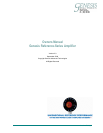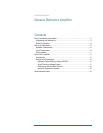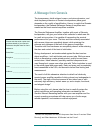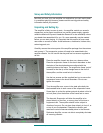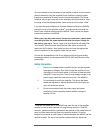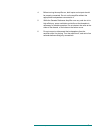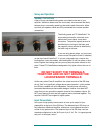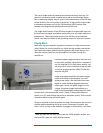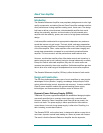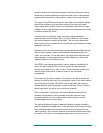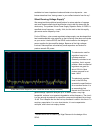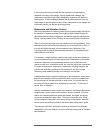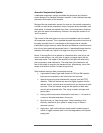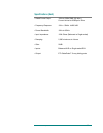
Genesis Reference Amplifier Owners Manual Ver 2.0 12
It will not surprise many to know that the avoidance of loop negative
feedback is the key to this design. Having established a design, the
components used were individually selected by extensive and laborious
listening test. A discrete design allowed that as each component can be
hand picked to get the optimum result. Every component on the design was
individually chosen, as was the grounding paths.
Resonance and Vibration Control
With all the emphasis on reducing noise from the power supply coming into
the amplifier, it makes no sense if the amplifier itself creates vibration or
generates radio frequency interference and electro-magnetic interference.
Hence, one key feature of the GR-Amp is the outboard power transformer.
There is no way to eliminate hum and vibration from the transformer. This is
because even for the best-built transformer, the incoming 50Hz or 60Hz in
the coils will shake the steel in the transformer core. Moreover, if the
incoming power is not a perfect sinusoidal waveform, the transformer will
rattle and buzz even more.
For example, a single switched mode power supply in the same electrical
circuit as the transformer will cause asymmetric compression of the power
waveform. Moreover, noise-generating devices such as light dimmers,
electric curling irons, microwave ovens, etc. can also cause the transformer
to vibrate at those noise frequencies. Capacitative coupling between the
primary and secondary windings of the transformer will result in high
frequency noise bleeding through from the input to the output.
A phenomenon that we noted in the design of the transformer is that when
the coils are wound so that the transformer does not emit an audible hum,
the transformer will vibrate and heat up even more. It is intuitive that the
incoming sine wave needs to be dissipated in some way – in the form of
sound, heat, or vibration.
With the transformer moved outside of the chassis, the Genesis Reference
Amplifier has a much quieter environment in which to operate. To further
reduce the vibration/resonance within the chassis, the signal and power
circuits are isolated from each other. The signal circuits are softy “hung”
using a neoprene “hammock” from the top cover of the chassis, while the
power circuits are stiffly mounted on the bottom plate using plastic posts.
This choice of differently compliant mounting is because of the different
susceptibility of the two different circuits to different frequencies of vibration
and resonance.



